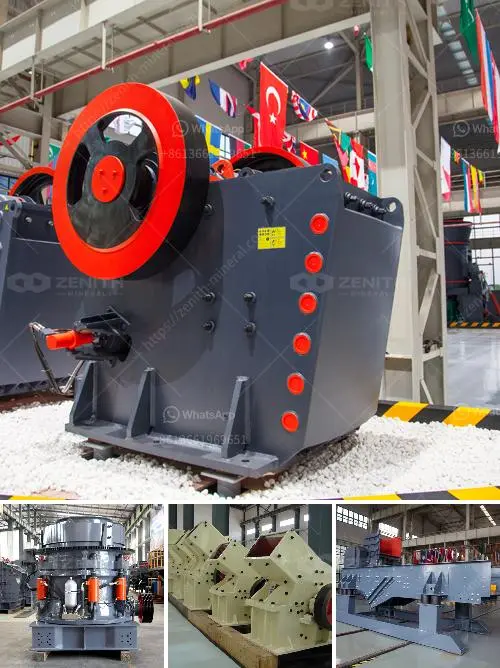Managing noise and dust in a granite quarry near communities is crucial for minimizing environmental impact and maintaining good relations with nearby residents. Here are several strategies you can consider:
Noise Management
-
Site Planning and Design:
- Utilize natural land formations like hills and vegetation as noise barriers.
- Position noisy machinery and blasting sites as far from residential areas as possible.
-
Equipment Maintenance:
- Regularly maintain and service equipment to ensure they operate as quietly as possible.
- Invest in quieter machinery and retrofit existing equipment with noise-reducing features.
-
Operational Changes:
- Schedule loud activities during times when they will have the least impact on the community, such as mid-morning or mid-afternoon.
- Implement buffer zones between quarry operations and residential areas.
-
Noise Barriers:
- Construct physical barriers, such as berms or walls, to block sound waves.
- Plant trees or shrubs that can absorb sound.
-
Monitoring and Compliance:
- Regularly monitor noise levels and ensure compliance with local regulations.
- Install noise meters around the site to track levels and address issues proactively.
Dust Management
-
Water Sprays:
- Use water sprays or misting systems to dampen dust-prone areas, especially during dry and windy conditions.
- Implement wheel wash systems to clean trucks before they leave the quarry.
-
Vegetation Cover:
- Maintain or introduce vegetation around the site to reduce dust dispersion and aid in absorption.
- Stabilize loose soils or exposed surfaces with ground cover.
-
Material Handling:
- Minimize drop heights when loading and unloading materials to reduce dust generation.
- Use covered conveyors and storage piles to prevent dust from becoming airborne.
-
Road Maintenance:
- Pave or stabilize quarry roads to minimize dust generation from vehicle traffic.
- Implement speed limits for vehicles within the quarry to reduce dust kick-up.
-
Air Quality Monitoring:
- Conduct regular air quality assessments to ensure dust levels remain within acceptable limits.
- Install dust monitoring stations and provide real-time data on dust levels to relevant stakeholders.
Community Engagement
-
Communication:
- Maintain open and transparent communication channels with the local community to address their concerns.
- Provide regular updates on quarry operations and efforts to mitigate noise and dust.
-
Feedback Mechanisms:
- Establish hotlines or community liaison offices where residents can report concerns or issues.
- Use community feedback to inform improvements in quarry operations.
-
Community Benefits:
- Contribute to local community projects and development initiatives, which can foster goodwill.
- Offer environmental education programs and tours to showcase the steps taken to minimize impacts.
By implementing these strategies, quarry operators can work towards reducing the environmental and social impacts of their operations, ensuring that the quarry remains a responsible neighbor to surrounding communities.

